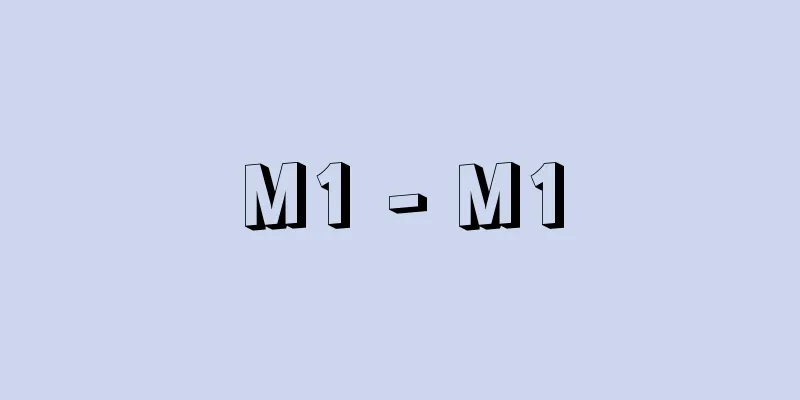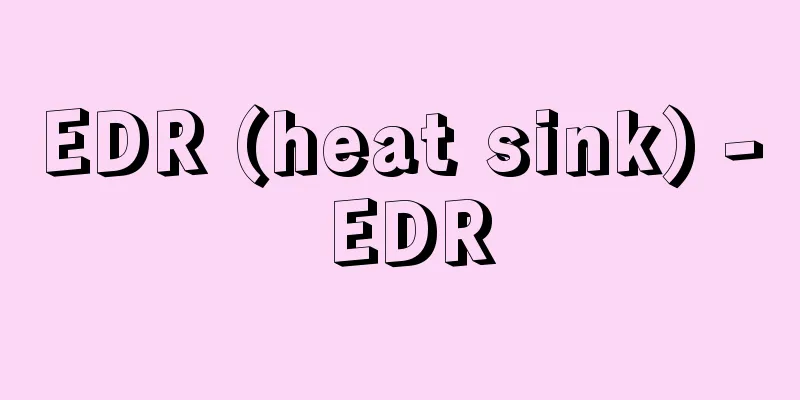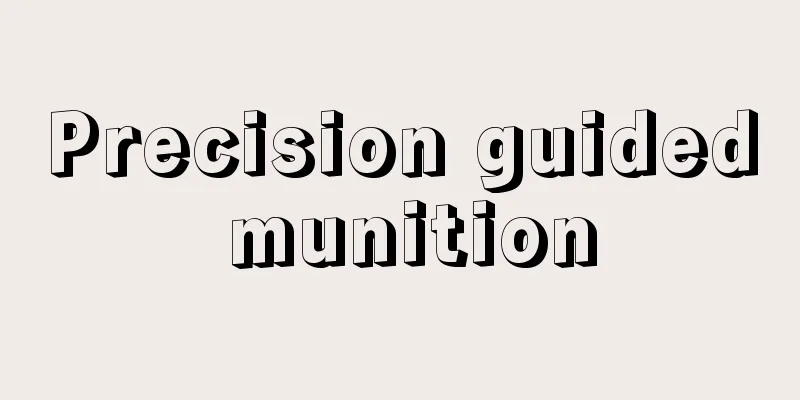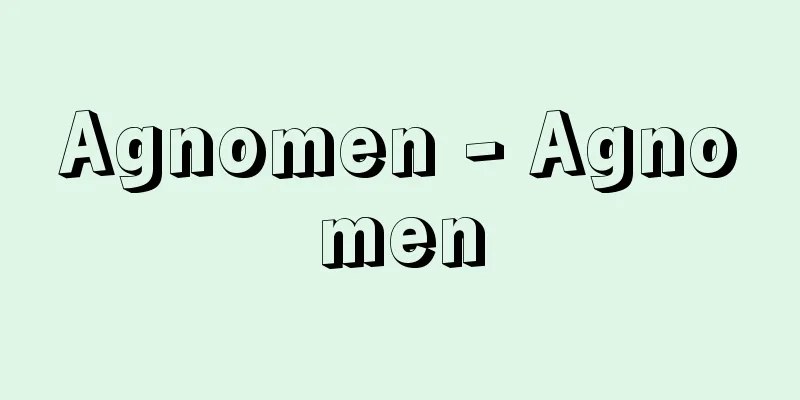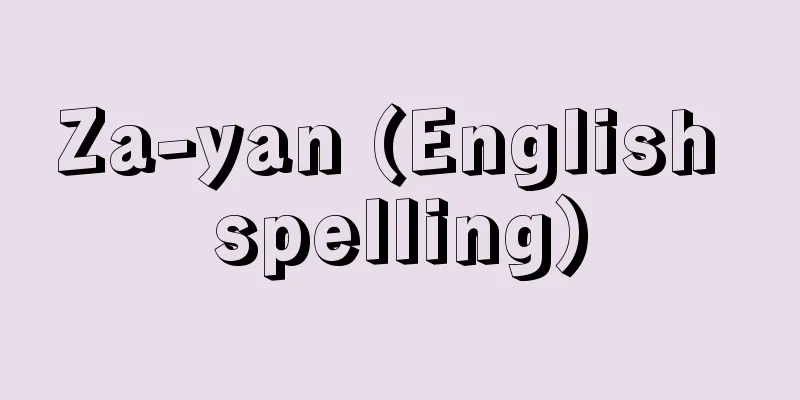Raga - Rāga (English spelling)
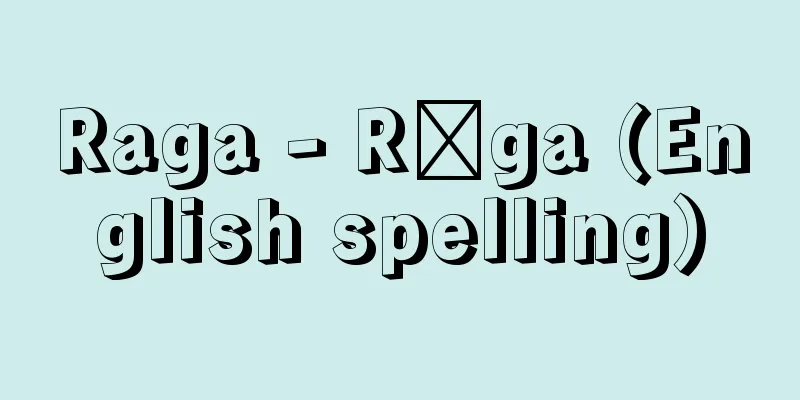
|
A comprehensive theory on the melodic aspects of Indian classical music. It is considered to be one of the two major theories of Indian classical music, along with the rhythmic theory of tala. Ragas differ somewhat between north and south India, and in the north they are called raags. Usually, only the constituent notes are indicated by ascending and descending scales, but each raga has its own unique tone progression, ornamentation, tonic and secondary tonic notes, and characteristic phrasing, which allow it to be finely differentiated. Ornamentation is particularly important and is said to be the essence of raga. The basic ragas are made from 72 types of melakarta in the south and 10 types of tats in the north. Melakarta and tats are heptatonic scales with alterations added to the notes other than sa and pa out of the seven notes of sa-ri-ga-ma-pa-da-ni (corresponding to the scale names do-re-mi in Western music), and the raga made from these is called the parent raga. Furthermore, derived ragas are born from this heptatonic scale, such as five- or six-tone scales lacking all notes except for the sa sound, scales with different ascending and descending forms, and scales with zigzag progressions. Theoretically, the number of basic and derived ragas could reach tens of thousands, but only about 200 to 300 ragas are actually performed. Each raga is given the name of a Hindu god, and in the north in particular, they are deeply connected to the seasons, time, and nine rasas (emotions). When performing existing pieces as well as improvising, performers must concentrate all their attention on how to express the raga freely while observing all of the restrictions of the raga. [Noriko Shibata] Source: Shogakukan Encyclopedia Nipponica About Encyclopedia Nipponica Information | Legend |
|
インド古典音楽の旋律面に関する総合的な理論。リズム面の理論ターラと並ぶインド古典音楽の二大理論とされる。ラーガは南北インドで多少内容に差があり、北ではラーグとよぶ。通常、上行・下行の音階によって構成音のみ示されるが、各ラーガは固有の音進行、装飾法、主音と副主音、特徴的な節回しなどをもち、それらによって細かく区別されている。とくに装飾法はラーガの本質といわれるほど重要視される。基本となるラーガは、南では72種のメーラカルタ、北では10種のタートからつくられる。メーラカルタ、タートとは、サ・リ・ガ・マ・パ・ダ・ニ(西洋音楽の階名ドレミに相当)の七音のうちサとパの音以外に変化記号をつけた七音音階で、これからつくられるラーガを親ラーガとよぶ。さらにこの七音音階から、サ音以外の音を欠いた五または六音音階、上行形・下行形がそれぞれ異なる音階、ジグザグ進行する音階などの派生ラーガが生まれる。基本ラーガと派生ラーガをあわせた数は、理論上何万にも上るが、実際演奏されるラーガは200~300ぐらいである。各ラーガにはヒンドゥー神の名称などがつけられ、とくに北では季節や時間、九つのラサ(情感)と深く結び付いている。演奏者は既成曲の演奏においてだけでなく即興演奏においても、ラーガのすべての制約を守り、かつ自由にラーガを表現するかに全神経を集中する。 [柴田典子] 出典 小学館 日本大百科全書(ニッポニカ)日本大百科全書(ニッポニカ)について 情報 | 凡例 |
>>: La Oroya (English spelling)
Recommend
An'yoin (poorhouse) - An'yoin
In Lin'an, the capital of the Southern Song D...
Forbidden - Kinatsu
〘 noun 〙 To forbid a certain act by force or power...
Ficus pumila (English spelling) Ficus pumila
…Figs [Okamoto Motoji]. … *Some of the terminolog...
Siberian Husky (species)
A sled dog native to Siberia. Husky is a general t...
Allegory - Guui
〘 noun 〙 To express a certain meaning by referring...
Maximianus, Marcus Aurelius Valerius
[Raw] 240? Sirmium [Died] 310. Massilia, Roman Emp...
Electrophilic reagent
...Carbanions and hydride ions (H- ) are also nuc...
Mande
...A branch of the Niger-Kordofan language family...
Ushinohitai - Cow's forehead
…It grows in clusters around waterside areas and ...
Volatile oil - Kihatsuyu
An oil with a low boiling point obtained by fracti...
Omoado - Omoado
...Another name for shite. However, this name is ...
Bunja
…The pollen does not have an air sac like the Pin...
Fire Accident - Shikkazai
The crime of causing a fire through negligence an...
Kamyshin (English spelling)
A city in the Volgograd Oblast in southwestern Rus...
Upland rice - Okabo
Also called "rikutou." A type of rice cu...




